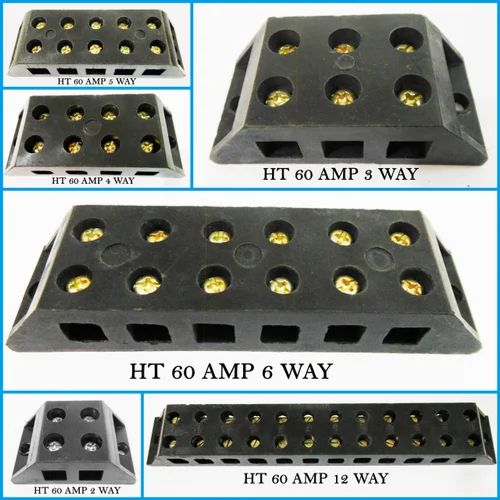sachu888
Well-Known Member
Joshua is correct. You have to use two 4.7M parallel. Raghu has soldered another resister from underside as this is a double sided PCB.
Regards
Sachin
Regards
Sachin
I have put both source selection switch and potentiometer inside the cabinet, as close to the board as possible to avoid longer run of signal wires.

Hmm from the build of Raghu that Sachin posted from the pictures I see that he has used a single M value for R9 & R20 and I believe he also build it from the kit supplied by Sachin. So I am not sure whether Sachin marked it correctly. Will check it out.
Thanks for the CCW part but the closest to "quad" there are 2 holes, one from R23 and the other from 25k. So which is the one goes to what and also what about the other 2 holes for each of the R23 and 25K. I believe one of these holes is a -ve value but not sure its either the centre one or the last one as their is a "-" marked in between.
Will welding rods work? Out of the box they are very straight!!!But both extensions are slightly skewed, testament to my less than sterling precision mechanical skills
Will welding rods work? Out of the box they are very straight!!!
You save money on LED'sHope they don't start sparkinghyeah:
Will welding rods work? Out of the box they are very straight!!!
Sachin has provided authentic ON semiconductor transistors. I swear by its origin. You have mixed, yours with locally purchased. Raghu didn't mention anything regarding this burn in. His worked from day 1.
Brass cone? Bearing ball? In the singular????????
Also, I can't picture the brass cone support. Got a picture?

